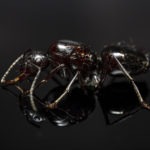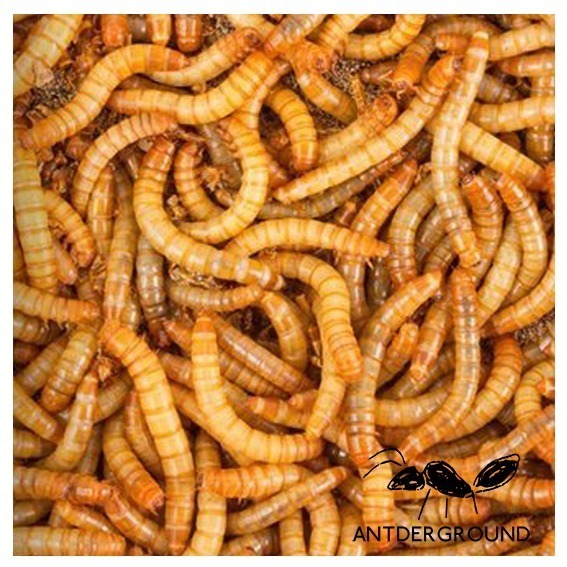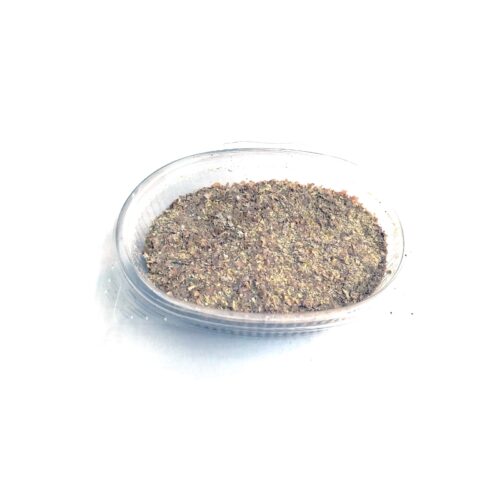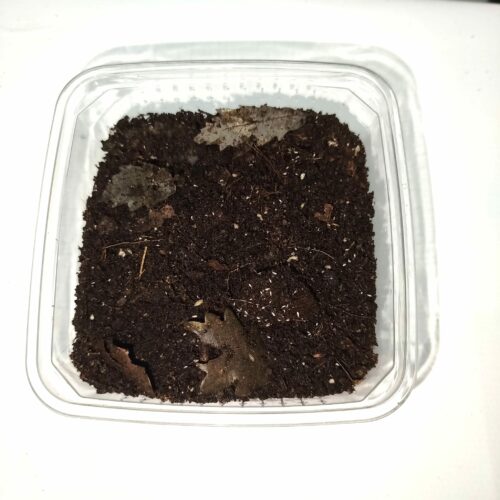
Camponotus Aethiops
5,00€

Modular ant nest size 10 x 10 with mushroom and sponge
20,50€ Original price was: 20,50€.15,00€Current price is: 15,00€.
Tenebrio molitor
1,25€ – 10,00€Price range: 1,25€ through 10,00€
25|100|500 Grams of tenebrio molitor (known as mealworms), a perfect live food for exotic animals and especially for certain species of ants
SKU:
N/A
Categories: Food for ants, Live food
Description
25 | 100 | 500 grams of Tenebrio molitor
Technical Sheet: Mealworm (Tenebrio molitor)
Classification:
- Kingdom: Animalia
- Phylum: Arthropoda
- Class: Insecta
- Order: Coleoptera
- Family: Tenebrionidae
- Genus: Tenebrio
- Species: Tenebrio molitor
Description:
- Length: 1.5 to 2.5 centimeters.
- Color: Dark brown.
- Morphology: Body divided into head, thorax, and abdomen. Possesses six legs, antennas, and developed mandibles.
Life Cycle:
- Egg: The cycle begins with the female laying eggs.
- Larva: The larva, commonly known as the mealworm, is the most active growth phase and feeds on protein-rich materials.
- Pupa: The larva transforms into a pupa, where metamorphosis occurs.
- Adult: The pupa develops into an adult beetle.
Habitat:
- Mealworms are adaptive and are found in dark and warm environments, such as warehouses, barns, and food storage areas.
Feeding:
- The larval phase feeds on protein-rich materials, such as flour, grains, and other organic products. Adults primarily consume fibrous foods.
Economic Importance:
- Used as food for exotic animals, reptiles, birds, and fish due to their high protein content and nutritional value.
Environmental Benefits:
- Decompose organic materials, contributing to the decomposition and recycling process in nature.
Additional information
| Options |
25 grams ,100 grams ,500 grams |
|---|
Related products
Drosophila melanogaster (Small Fruit Fly)
3,00€
Sold out
Cockroach Food
3,20€
there is stock
Give your cockroaches the best to grow strong and healthy! 🌟 Our food with cereals and natural calcium is just what you need to keep your colonies at their full potential. 🦗 Take care of what you breed, success is in your hands! 💪
Select options
This product has multiple variants. The options may be chosen on the product page
Bioactive substrate with microfauna
5,00€
there is stock
Ideal for bioactive terrariums, it contains springtails, Trichorhina and isopods that decompose organic matter, improve soil and control pests. Promotes a natural ecological balance, perfect for reptiles, amphibians and exotic plants.
Select options
This product has multiple variants. The options may be chosen on the product page
Dola larvae (pachnoda)
5,00€
there is stock
Dola larvae (Pachnoda): the nutritious and easy-care solution for your pets! With their diet rich in fruits and vegetables, they are an excellent source of protein and contain virtually no fat ideal for ants, arthropods, reptiles and amphibians. Choose the best for your pets!!
Select options
This product has multiple variants. The options may be chosen on the product page
Zophoba morio
3,00€
Sold out
Shelfordella lateralis (ex tartara)(10 units)
1,99€
there is stock
Drosophila (fruit fly)
3,00€
Sold out





















